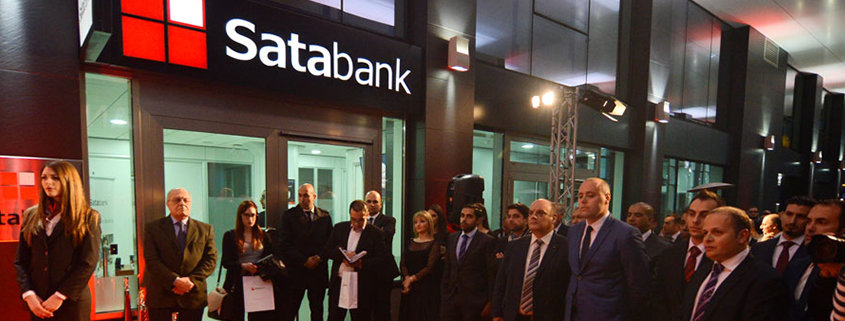Continues from part 1 of this series.

The 12-month report of the competent person was tabled in Parliament on 20 April, and it covers the period from 20 October 2018, the date of appointment of the competent person, to 31 October 2019. The competent person, however, included certain important data up to 28 February 2020, to give a clearer picture of the current status.
Following several notices and subsequent regulatory fines with respect to inadequate Customer Due Diligence (CDD) procedures, including lack of adequate customer on-boarding (acceptance) diligence and transaction controls, the Regulators (MFSA) instructed an independent advisor to review the Bank’s CDD policies and procedures, and analyse customer files and transactions.
The following are key aspects highlighted in the report, together with my observations. At 28 February 2020, the competent person had:
- Released — that is, paid — €212.5 million to 3,185 customers, an average of €67,718 per customer.
Observation – this, in my opinion, is quite a high average for a bank deposit. A deeper investigation should break down these customers by nationality, actual amounts deposited and in what currency, currency of payment of released funds, and whether the receiving bank is different from that through which the deposits were sourced.
- Filed 570 STR’s (Suspicious Transaction Reports) corresponding to 999 customers. Of these 521 customers have had their funds released following expiry of an opposition period and are included in the paid figures. The balance associated with the customers for which STRs were filed (999 – 521 = 478) amounts to €188.5 million (an average of €39,435, and the transactions value (debits and credits for the period elapsed from each customer account opening date, to regulatory intervention date, that is 20 October 2019) associated with these customers amounts to €9.3 billion.
Observation – this, in my calculations, means that the average equivalent of transaction value for these 478 customers was €19.5 million. Also that, when we say debits and credits through their accounts, it means that if they deposited €19.5 million each during the period, they eventually withdrew €19.5 million less €39,435 remaining on their account.
I must question, whether the source of the funds, that is, the incoming €19.5 million, had been validated by the bank, and whether the bank validated the beneficiary (account holder), and justified (reason and documentary evidence) the outgoing equivalent amount. These transactions, in my opinion, and hopefully of all those who are not demented, point to ‘arrogant money’ laundering and I hope that the police have accessed these reports and have started their own criminal investigations.
Overview by the Competent Person
The following, are two important disclosures made in the report:
- In addition to the regular finance functions, the Competent Person had to undertake an extensive reconciliation process due to transactions caught in settlement at the time of the Regulatory Intervention.
At the time of the Regulatory Intervention, several payments to and from customers of the Bank were being processed and settled between the Bank and various third-party correspondent banks. These transfers can be divided into two categories, namely inbound transfers from third parties to customers of the Bank (Inbound Transfers) and outbound transfers from customers of the Bank to third parties (Outbound Transfers). Following regulatory approval for the approach to be used for in-flight transaction reconciliation, the Competent Person initiated an extensive investigation into the in-flight transactions, with a view to reconcile all pending transfers.
Observation – It would be interesting to know the identity of these correspondent banks to establish their reputational credentials. No wonder that Maltese Banks have lost their correspondent banking relationships and are finding it practically impossible to find a replacement.
- The reconciliation process with correspondent banks, relating to what in banking is termed as ‘Nostro accounts’, presented significant challenges, as correspondent banks were reluctant to provide the required information via regular communication channels, and had also limitations in terms of transaction details they captured onto the systems and could therefore provide to the Competent Person. These restrictions have not only caused delays but they have also added significant complexity to the entire reconciliation process. The Competent Person is progressing through the reconciliation but has yet to reach full settlement with all correspondent banks.
The next report will cover the six-month period from 1 November 2019 to 30 April 2020.